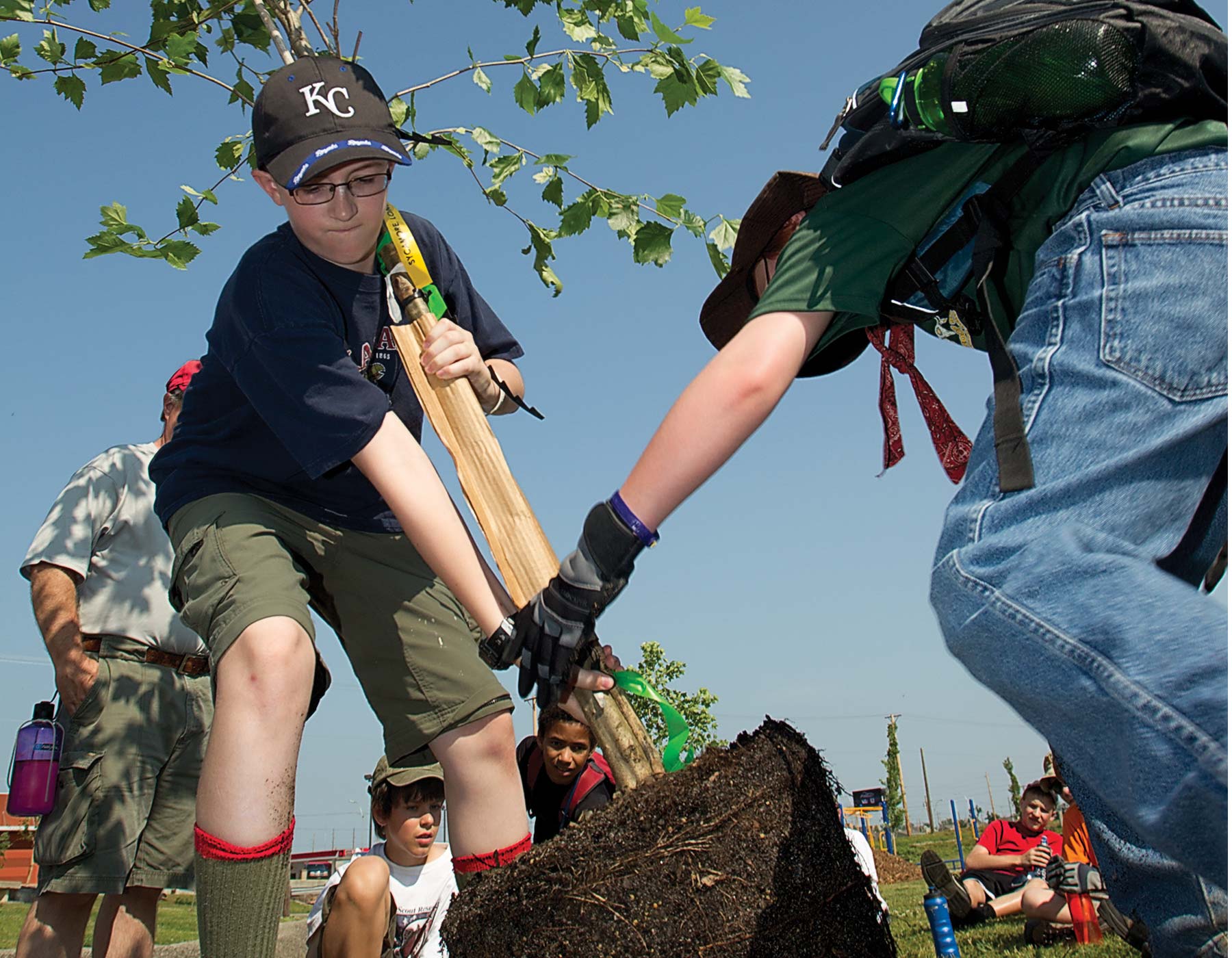
Xplor reconnects kids to nature and helps them find adventure in their own backyard. Free to residents of Missouri.


































Stay in Touch with MDC news, newsletters, events, and manage your subscription

Xplor reconnects kids to nature and helps them find adventure in their own backyard. Free to residents of Missouri.

A monthly publication about conservation in Missouri. Started in 1938, the printed magazine is free to residents of Missouri.


JEFFERSON CITY, Mo – According to the Missouri Department of Conservation (MDC), no matter where Missourians live -- in the country, suburbs or cities -- trees and forests are valuable to their health, wealth and happiness.
Celebrate the value of Missouri trees and forests on Arbor Days in April by planting native trees and practicing proper tree care. Get more information on backyard tree care, including proper tree selection and planting tips, at mdc.mo.gov.
Missouri has been observing Arbor Day since 1886 when the General Assembly declared that the first Friday in April should be set aside for the appreciation and planting of trees. National Arbor Day is recognized on the last Friday of April. Each state determines its Arbor Day based on its unique climate and weather patterns.
Missouri Governor Jeremiah (Jay) Nixon recently issued a proclamation designating April 5 as this year’s Arbor Day in Missouri. National Arbor Day is April 26.
In support of Arbor Day and in cooperation with the Missouri Department of Transportation’s (MoDOT) “Trees for Tomorrow” program, MDC distributes nearly 100,000 native tree seedlings from its George O. White State Nursery to fourth-grade classes from more than 1,300 schools throughout the state each March. MODOT provides financial support for the production and distribution of the trees.
The seedling distribution supports MDC’s Discover Nature Schools program, which provides grade-appropriate curriculum and activities to help students understand the importance of conservation.
The Missouri Department of Conservation (MDC) works with and for Missourians to sustain health forests and trees, and trees work. According to the MDC “Trees Work” public-awareness campaign:
Street trees in neighborhoods increase sale prices of houses by an average of $8,870.
100-foot plantings of tall trees can reduce noise by 50 percent.
One of the most effective means of protecting children from sun damage is to plant shade trees where they play.
People tend to be more familiar and socialize more with neighbors in neighborhoods with trees.
For each pound of new wood that grows, the tree removes about 1.8 pounds of carbon dioxide from the air and produces 1.3 pounds of oxygen.
For more information, visit mdc.mo.gov and search “Trees Work.”